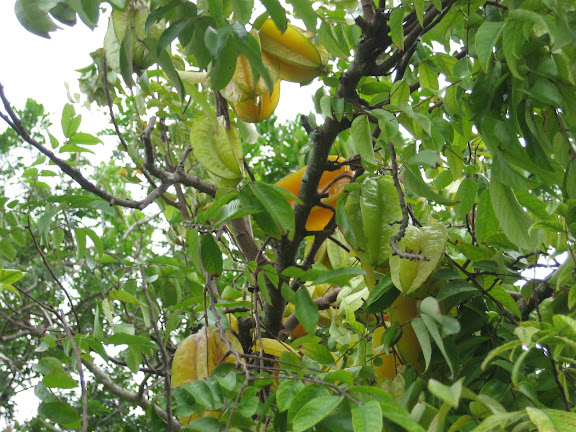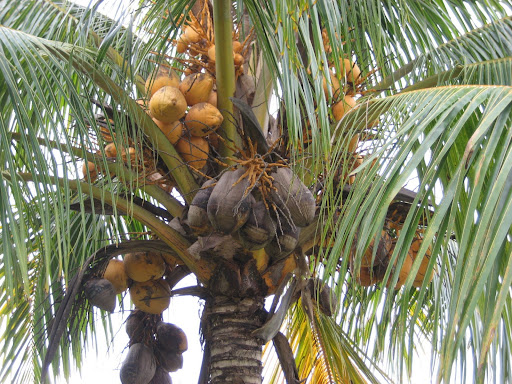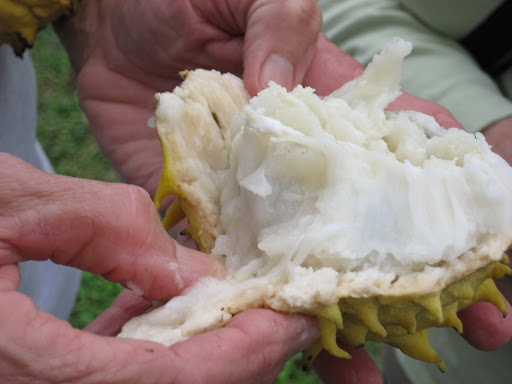Last week my travels took me to the city of El Paso. I had a couple days of great meetings, and my contact there, José, was an excellent tour guide who was totally willing to indulge my foodblogging idiosyncrasies.
After a very long day of meetings on Wednesday, we wanted to go out to dinner. I showed him the list of restaurants that I'd assembled from my pre-trip research, and he picked out GeoGeskes. We actually ended up at Geskes Fire Grill, which is the sister restaurant to GeoGeskes and was much closer to where we were.
Despite the five TVs surrounding the bar, this would be a good restaurant to go to with a date, as there are a lot booths that really encourage sitting next to the person you're with. In fact, it was a little difficult in one of those booths to find a seating configuration that worked for a business meeting sort of dinner. But we managed.
 My initial impression of the menu was fairly "eh." Burgers and other sandwiches, some not very exciting sounding entrees (although if I was a lobster fan I definitely would have been enticed by "The 'L' Pasta - Linguine, lobster, lemon, leeks.") I was also still recovering from the giant burrito I'd grabbed in the airport for lunch, so I think
My initial impression of the menu was fairly "eh." Burgers and other sandwiches, some not very exciting sounding entrees (although if I was a lobster fan I definitely would have been enticed by "The 'L' Pasta - Linguine, lobster, lemon, leeks.") I was also still recovering from the giant burrito I'd grabbed in the airport for lunch, so I think  food just wasn't very appealing, and the idea of ordering an entree was overwhelming. So instead I ordered the sashimi appetizer and a house salad. José ordered a bacon cheeseburger with margarita fries.
food just wasn't very appealing, and the idea of ordering an entree was overwhelming. So instead I ordered the sashimi appetizer and a house salad. José ordered a bacon cheeseburger with margarita fries.
As you can see in the pic, what they call sashimi isn't - it's a seared but still very rare piece of nice tuna. This happens to be just how I like my tuna, and the menu did state that it was seared, so I knew what I was getting myself into. It was  drizzled with a sweet tamari glaze and sprinkled with sesame seeds and was all in all a delightful appetizer. The house salad was similarly well executed. Despite being an awfully busy salad - blue cheese, cashew bits, parmesan crackers, dried cranberries - it actually worked really well. It was perfectly dressed - a nice light coating of balsalmic vinaigrette on every leaf and not at all soggy.
drizzled with a sweet tamari glaze and sprinkled with sesame seeds and was all in all a delightful appetizer. The house salad was similarly well executed. Despite being an awfully busy salad - blue cheese, cashew bits, parmesan crackers, dried cranberries - it actually worked really well. It was perfectly dressed - a nice light coating of balsalmic vinaigrette on every leaf and not at all soggy.
José raved at length about his burger, but I didn't taste it so can't comment. I can, however, give huge raves to the margarita fries. This huge mound of shoestring fries with citrus salt would have fed at least two more people, and they were perfectly hot and crispy with a salty-sweet-sour tang. Excellent.
Service was not so good as the food, and at times it was actually overbearing. And my mojito was perhaps a little watery. Still, the food was much better than I expected from the menu, and I suspect those margarita french fries could be downright addictive.
Geske's Fire Grill
1506 Lee Treviño, Suite C
El Paso, TX
915-593-3473
When I told José that I wanted to go to H&H Car Wash for lunch the next day, he was a little croggled. "No, really," I told him, "it's supposed to have really great food!" Later, as we walked past the people handwashing and detailing cars and into this divey little lunch counter, he made sure to remind me that he was doing this for me.
 This was the first place I'd come across when I was searching for places to eat in El Paso. It seemed to be pretty high up on the lists of all the food cognoscenti. Here's a sample review from Chowhound. I knew I'd want to try some good Mexican food while I was in El Paso, so I decided to go for it. Lunch in a car wash - that
This was the first place I'd come across when I was searching for places to eat in El Paso. It seemed to be pretty high up on the lists of all the food cognoscenti. Here's a sample review from Chowhound. I knew I'd want to try some good Mexican food while I was in El Paso, so I decided to go for it. Lunch in a car wash - that  would be a first!
would be a first!
As you'd expect, it's not much to look at. 3 tables and a bunch of stools at the counter. A stove covered in pots of this and that, which get moved out of the way to make room for other things. Menu posted on the wall.
 We opted to try the chile rellenos and huevos rancheros. Both were good, although the chile rellenos were my favorite. José said they were almost as good as his mom's - high praise, indeed. He especially praised the beans, and when I asked him why, he told me that Mexican food is meant to be simple, and should taste like itself. Beans, cooked simply, mashed, and topped with just a little bit of cheese are the perfect example.
We opted to try the chile rellenos and huevos rancheros. Both were good, although the chile rellenos were my favorite. José said they were almost as good as his mom's - high praise, indeed. He especially praised the beans, and when I asked him why, he told me that Mexican food is meant to be simple, and should taste like itself. Beans, cooked simply, mashed, and topped with just a little bit of cheese are the perfect example.
A pitcher full of potent salsa verdé added an extra kick to anything that needed it, and by the time we finished lunch, my face was bright red. A basket of fresh flour and corn tortillas on the side was the perfect accompaniment, and provided me with a fabulous revelation. Trying to tame the burn in my mouth, I finished up my lunch with a plain corn tortilla. It was amazing. I've had corn tortillas before, but they've been nothing to write home about. This one - just a locally made commercial one, not even handmade - tasted like pure, fresh sweet corn. A lovely finish to a lovely lunch.
H & H Car Wash and Coffee Shop
701 East Yandell Drive
El Paso, TX 79902
915-533-1144































